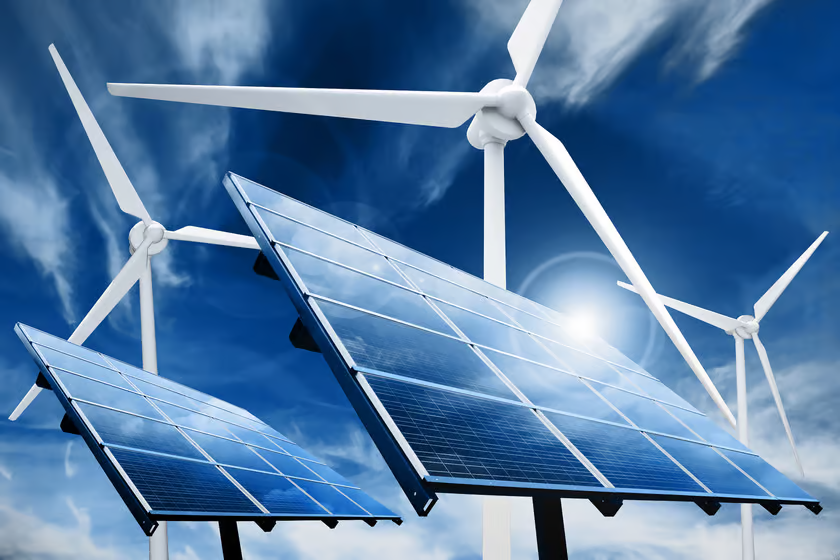In Short : Achieving global net-zero emissions marks a pivotal step in climate action. Post-net-zero, sustained sustainability efforts, adaptation strategies, technological innovations, and international collaboration are essential. Ongoing public awareness, circular economy practices, and resilient infrastructure play crucial roles in the continuous climate journey.
In Detail : Brown climate scientist Baylor Fox-Kemper co-authored a new study of the diverse factors controlling global temperatures, offering a framework for improving warming predictions.
PROVIDENCE, R.I. : Current climate models predict that global warming will cease once the world achieves “net-zero,” a phenomenon expected to occur when the amount of carbon dioxide that human activities emit into the atmosphere equals the amount of CO2 that is removed from the atmosphere.
Not so fast, assert the authors of a recent paper published in Frontiers in Science that challenges those modeling estimates. Co-authored by 21 climate experts, including Brown University Professor of Earth, Environmental and Planetary Sciences Baylor Fox-Kemper, the study offers an analysis of the diverse factors controlling global temperatures and provides a framework for improving warming predictions.
Fox-Kemper said the paper is a pathbreaking review of the Zero Emissions Commitment (ZEC), which quantifies how global much warming or cooling can be expected following a complete cessation of human-caused CO2 emissions. While climate models have become increasingly accurate under strong emissions scenarios, there is less certainty about how the commitment will impact future scenarios, he said.
“I hope this article highlights the important research gaps in our current understanding of ZEC, and I’m especially hopeful that it will motivate key climate scientists to continue to improve and refine climate models,” said Fox-Kemper, who is a fellow with the Institute at Brown for Environment and Society. “Now that climate change is really underway, we need these models to be far more accurate, refined and reliable.”
Global temperatures are regulated by myriad natural processes in the ocean, land and atmosphere. CO2 emissions have influenced many of these processes and triggered long-term changes that could continue for centuries after net-zero is achieved.
“We know that global warming will slow — but not cease — after zero emissions, but we don’t know whether temperatures will continue to rise, albeit more slowly, remain stable for a long time, or begin to slowly decline,” Fox-Kemper said.
In the Arctic Ocean, and recently in the Antarctic, a thin layer of floating ice helps reduce global temperatures by reflecting the sun’s energy back into space, but once that ice melts the reflection will be replaced by absorption of solar energy. Such phenomena will persist in the wake of net-zero, driving temperatures higher even in a CO2-neutral world, causing warming that could worsen major climate risks, particularly in the most vulnerable regions, the authors wrote.
“If we intend to stay under a particular temperature threshold, such as the Paris Agreement’s 2 degrees Celsius, these changing ZEC trends will affect how much carbon dioxide we can emit and still meet our threshold goal,” Fox-Kemper said.
The study urges climate experts to develop a host of scientific tools that will enable them to comprehensively study and understand the level of anticipated global temperature increases, even after net-zero emissions are achieved.
“As we transition off fossil fuels and prepare for ZEC, there will be continued global warming,” Fox-Kemper said. “As such, we need these climate models to become planning tools as we adapt for these transitions.”

